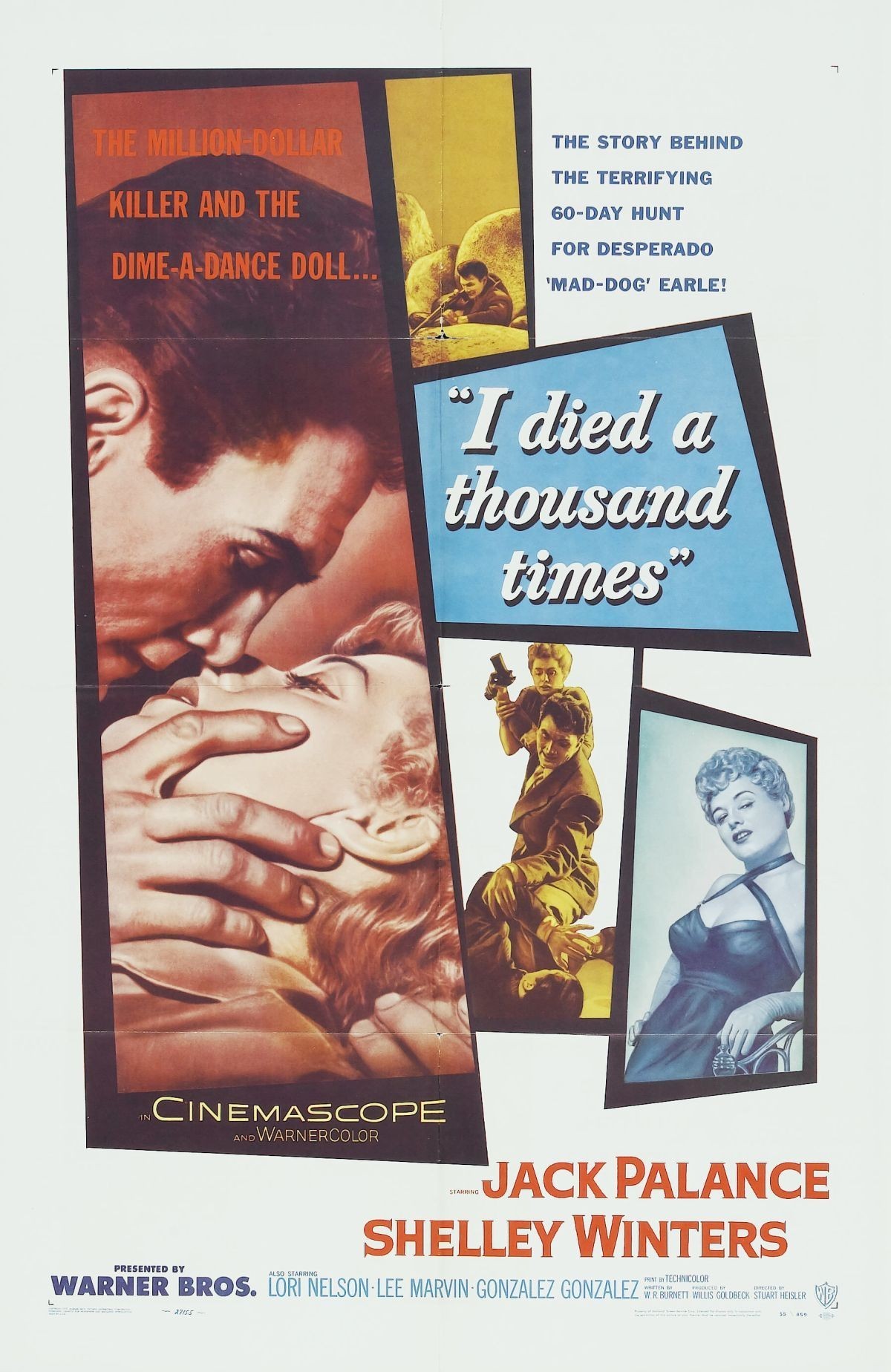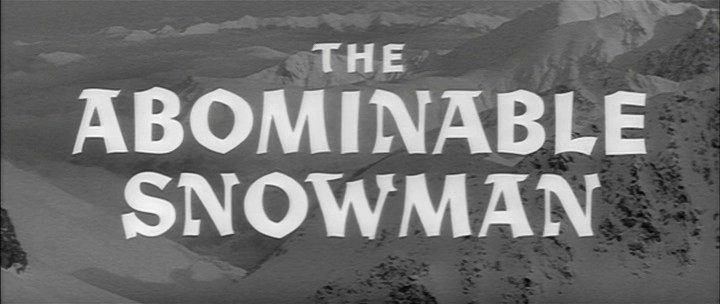Director: Stuart Heisler
Writer: W. R. Burnett, from his novel, High Sierra
Stars: Jack Palance, Shelley Winters, Lori Nelson, Lee Marvin and Gonzalez Gonzalez
 |
Index: 2019 Centennials.
One of the most common complaints about Hollywood nowadays is that every movie they release seems to be a remake, a sequel or a reboot. As I write, Alita: Battle Angel, an American remake of a Japanese anime, is at the top of the box office, and The Lego Movie 2: The Second Part, the fourth film in a franchise based on a toy, is in second place in its second week. The highest grossing film on the list, Glass, with $104.6m to its credit in five weeks, is the third in M. Night Shyamalan’s Unbreakable trilogy. However, remakes and sequels are hardly new concepts and many would be surprised at just how prevalent this sort of behaviour has always been. Case in point: I Died a Thousand Times might appear to be an original picture with an impressive cast, but it’s actually the third adaptation of a novel, High Sierra, to the big screen. The novelist, W. R. Burnett, wrote the screenplay for the first in 1941 (with John Huston) and returned to do a very similar job on this one in 1955. The director of the first, Raoul Walsh, also directed the second in 1949.
While sequels need their own justification, there have been plenty of historical reasons to remake movies because the industry has rarely stood still and the times have always been a-changin’. When Walsh made High Sierra in 1941, he did so using a traditional 4:3 aspect ratio in black and white, as was the norm at the time. When Burnett returned to rewrite his script only fourteen years later, the resulting film was shot in CinemaScope and WarnerColor. It looks completely different and much more appropriate, given that it’s set in the countryside around Mount Whitney, the highest peak in California, and colour and widescreen help with that a great deal. Back in 1941, High Sierra, by comparison, looks best in its indoor scenes with criminals arguing and planning. Each, however, told the same story and in a very similar way, right down to dialogue and choreography. They’re gangster films; the version made in between them, Colorado Territory, was, at least, a western, the story translated to that of an outlaw sprung from jail to rob a train.
 |













